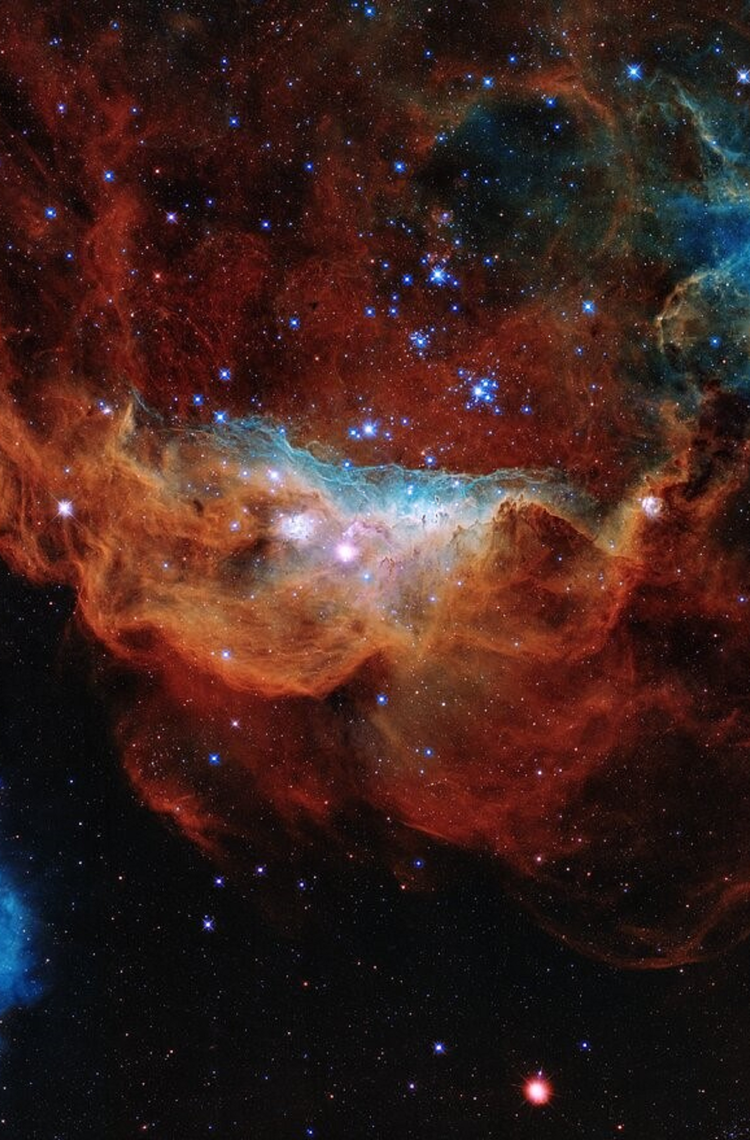New perspectives on the study of the universe
From mapping more than a billion stars in the Milky Way to capturing spectacular images of galaxies, Airbus Crisa-equipped space probes are providing new perspectives on the study of the universe.
To accomplish these missions, spacecraft systems must operate in the most difficult environments, as they are subjected to conditions that include extreme temperatures and high levels of radiation.


GAIA
Starmapper
Europe’s Gaia space mission is creating the largest, most precise three-dimensional map of more than a billion stars in the Milky Way galaxy and beyond. The “eyes” of this ambitious mission are the Gaia spacecraft’s 106 CCDs (Charge Coupled Device) detectors – each of which are linked to PEMs (Proximity Electronics Modules) built by Airbus Crisa.
The PEMs serve as the electronics that control and digitalise the detectors picture elements in Gaia’s two optical telescopes, enabling the observatory to precisely chart the stars by tracking their positions, distances, movements and changes in brightness. This mission also is expected to discover hundreds of thousands of new celestial objects, such as extra-solar planets and brown dwarfs, and observe hundreds of thousands of asteroids within the solar system.
Image credits: ESA/ATG medialab


James Webb telescope
Space observatory
Airbus Crisa is aboard the James Webb Telescope, which is rewriting mankind’s understanding of the universe through an international collaboration that brings together the European Space Agency (ESA) and Canadian Space Agency CSA) in a programme led by the U.S. National Aeronautics and Space Administration (NASA).
Airbus Crisa provides the control electronics and processing software for the telescope’s NiRSpec spectrograph, which was built in Europe to observe infrared light from the first stars and galaxies. The NiRSpec instrument is designed to study the so-called Dark Ages, when the universe was opaque – about 150 to 800 million years after the Big Bang.
The company’s electronics are responsible for commanding the optical block mechanisms that select and focus the deep space observatory in viewing stars and galaxies with unprecedented sensitivity.


CHEOPS
Searching for exoplanets
Airbus Crisa played a key role in the development of CHEOPS (the CHaracterising ExOPlanet Satellite). This European Space Agency scientific satellite is the first European mission devoted to studying the mass, density and composition of Earth-like extrasolar planets – with the goal of understanding these alien worlds and verifying whether some could support life.
The CHEOPS core elements provided by Airbus Crisa are the On-Board Computer, the Remote Interface Unit, and the Power Conditioning and Distribution Unit.
Discoveries of CHEOPS since its launch in December 2019 include observations of TOI-178 – a unique planetary system consisting of six exoplanets, which is located some 200 light-years away in the constellation of Sculptor.
Image credits: NASA, ESA, K. Sahu (STScI) and the SWEEPS science team
